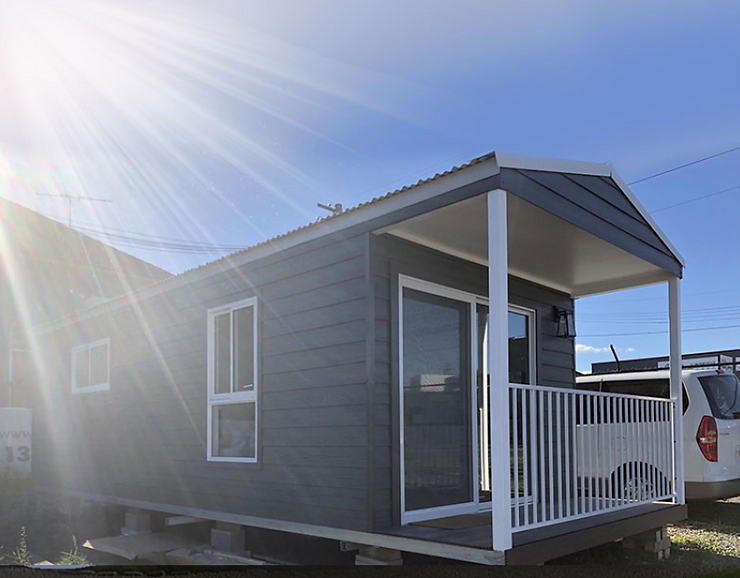In the face of the growing urban population and emergency needs after disasters, light steel structures provide a solid foundation for foldable houses. Using high-strength light steel materials, this structure not only ensures the firmness and durability of the house but also has excellent wind and earthquake resistance. While solving housing problems, lightweight design also injects new vitality into urban renewal and sustainable development.

1. Light steel structure:
Light and strong: Using high-strength light steel materials, it has excellent wind and earthquake resistance, and the lightweight design makes the overall structure more flexible.
Sustainability: Light steel materials can be recycled and reused, which helps reduce the consumption of resources and is in line with the concept of sustainable development.
2. Prefabricated components:
Factory Production: The main components of the house are prefabricated in the factory, significantly reducing construction time on site.
Precision manufacturing: Prefabricated components are produced in factories, with higher precision and more controllable quality, reducing errors during the construction process.
3. Easy to install:
Assembled construction: The use of standardized components and modular design makes the construction process simpler and does not require complex construction techniques.
Reduce labor costs: Relatively less manpower is required during the installation process, reducing labor costs.
4. Save installation time:
Rapid assembly: Prefabricated components and standardized design make the entire construction process faster, greatly shortening the construction period.
Immediate use: After installation is completed, the house can be put into use immediately, saving waiting time.

On the road to solving housing problems, light steel prefabricated foldable houses provide smarter choices for urban construction and people’s lives with their advanced technology and diverse application scenarios. Not only can it quickly respond to emergencies, but it can also meet the growing demand for housing, drawing a more convenient and efficient blueprint for future urban development.




